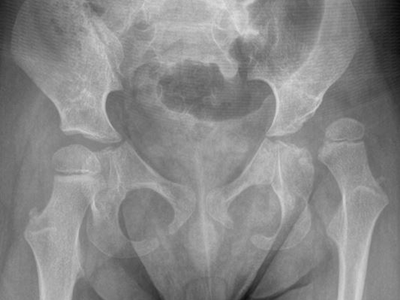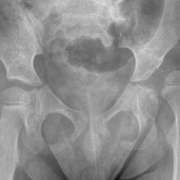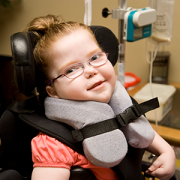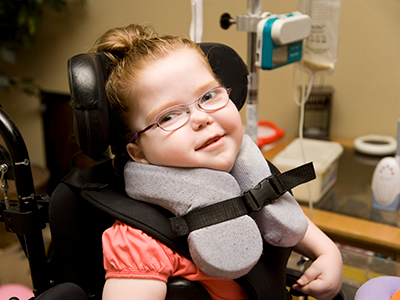Hip surveillance helps identify dislocations in children with cerebral palsy

Hip surveillance is a process used to monitor the hips closely and frequently, identifying the problems earlier.
Children with cerebral palsy (CP) have an increased risk for hip displacement. Hip displacement in children with CP can happen slowly over time and can be painful, but a hip surveillance program can prevent this. Hip surveillance is a process used to monitor the hips closely and frequently, identifying the problems earlier. It is an ongoing process that continues for every child until skeletal maturity.
“Every child with cerebral palsy should be referred for hip surveillance regardless of determination by the Gross Motor Function Classification System,” said Sean Tabaie, M.D., orthopaedic surgeon at Children’s National Hospital.
Dr. Tabaie created a hip surveillance manual for primary care providers who care for this patient population. In most cases, these patients are monitored and followed closely by their primary care team. Education material regarding hip surveillance, including the background knowledge, is often not available to those practitioners in a concise format. To successfully initiate a hip surveillance program, it is important to promote education and provide the appropriate materials to that group of practitioners.
“Our goal is to improve the care of children with cerebral palsy by decreasing the overall presentation of dislocated hips in our clinic settings and promote the appropriate timing of referrals for evaluation of hip subluxation secondary to cerebral palsy or neuromuscular conditions,” said Tabaie.
Download the Surveillance Guidelines for Children with Cerebral Palsy here.





